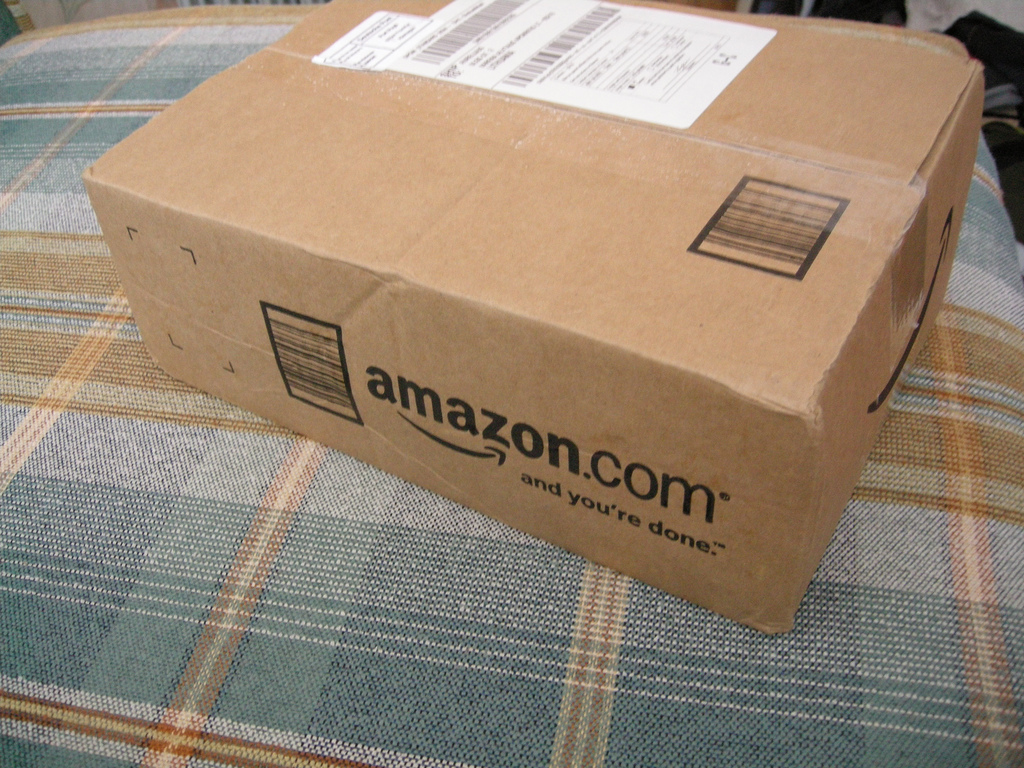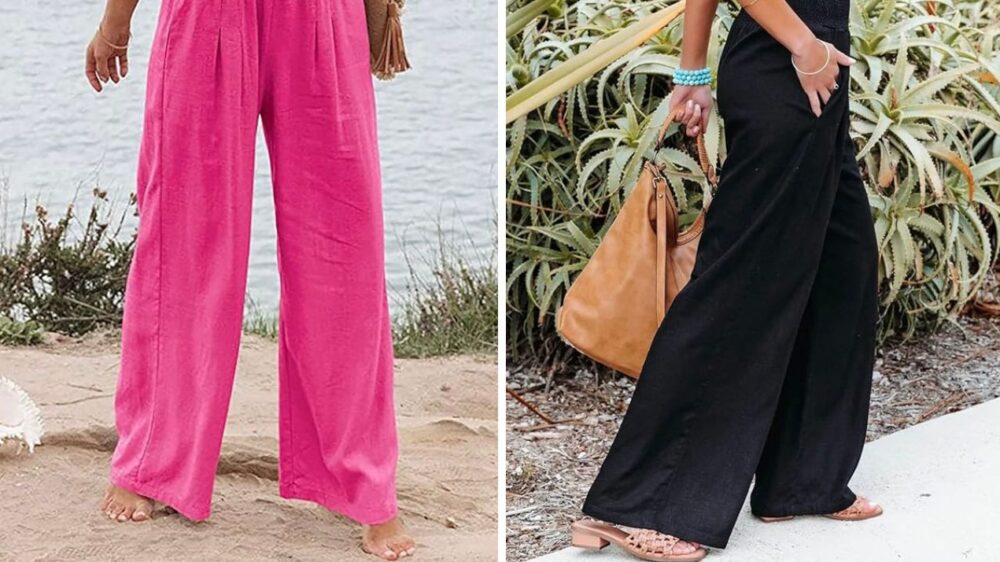What To Do If Your Amazon Order Arrives In The Wrong Box

Buying items off of Amazon might not be as clear cut as you thought. In fact, the item you purchase might not even come from the online retailer itself.
In 2016, Amazon customers came forward saying that their online purchases have been arriving in Walmart or Sam’s Club boxes much to the confusion of the customer.
How can that be? Well, according to Amazon’s policy code, these customers may be victims of fraudulent drop shipping.
Drop shipping is the practice of using a third party vendor to fulfill a customer order. This practice itself is generally accepted by Amazon, and allows for greater product expansion of the site, however, some online sellers can use it for unethical means.
Unethical drop shipping, according to Amazon’s policies, is when an online merchant purchases products “from another online retailer and having that retailer ship directly to customers.” An example of this would be purchasing a case of shampoo on Amazon for $14.99 when the seller actually only paid $9.99 and asked Walmart to send it directly to you (instead of themselves).
This was the case for San Francisco resident, Catherine Lelong. In an interview with Re/Code, Lelong stated that her recent order from Amazon arrived in a Sam’s Club package much to her own confusion. Little did she know at the time that she had been scammed by the online seller.
The online merchant committed retail arbitrage. Retail arbitrage is when someone buys an item at a lower price at a local store and then marks up the price and sells it for more money online. Not only is this practice unfair, it adds a sense of dishonesty to the Amazon marketplace.
So, what should you do if your Amazon order arrives in another retailer’s packaging and after some research, the price seems to be off? Report it. The practice goes against Amazon’s marketplace policies, and will allow Amazon to reevaluate the seller’s practices. In this case, the online merchant’s selling privileges may even be suspended or removed.
So, next time you are about to purchase from any website, be sure to do your research. Daily Finance recommends to simply type the SKU (or UPC code)of the product into Amazon’s search feature and you can see a real-time listing of the product’s price, sales rank and how many are for sale on Amazon.
To test this out, we typed SKU # 051000016591 into Amazon’s search bar (The SKU # for Campbell’s Homestyle Chicken Noodle Soup). What popped up were various packs of that type of soup. Here, I could compare the seller, pack size (4 pack, 8-pack, etc) and price. Pretty easy.
Also, you can look into the seller that you’re purchasing from, and see if their selling practices are up to snuff.
If not, consider taking your online shopping somewhere else.





